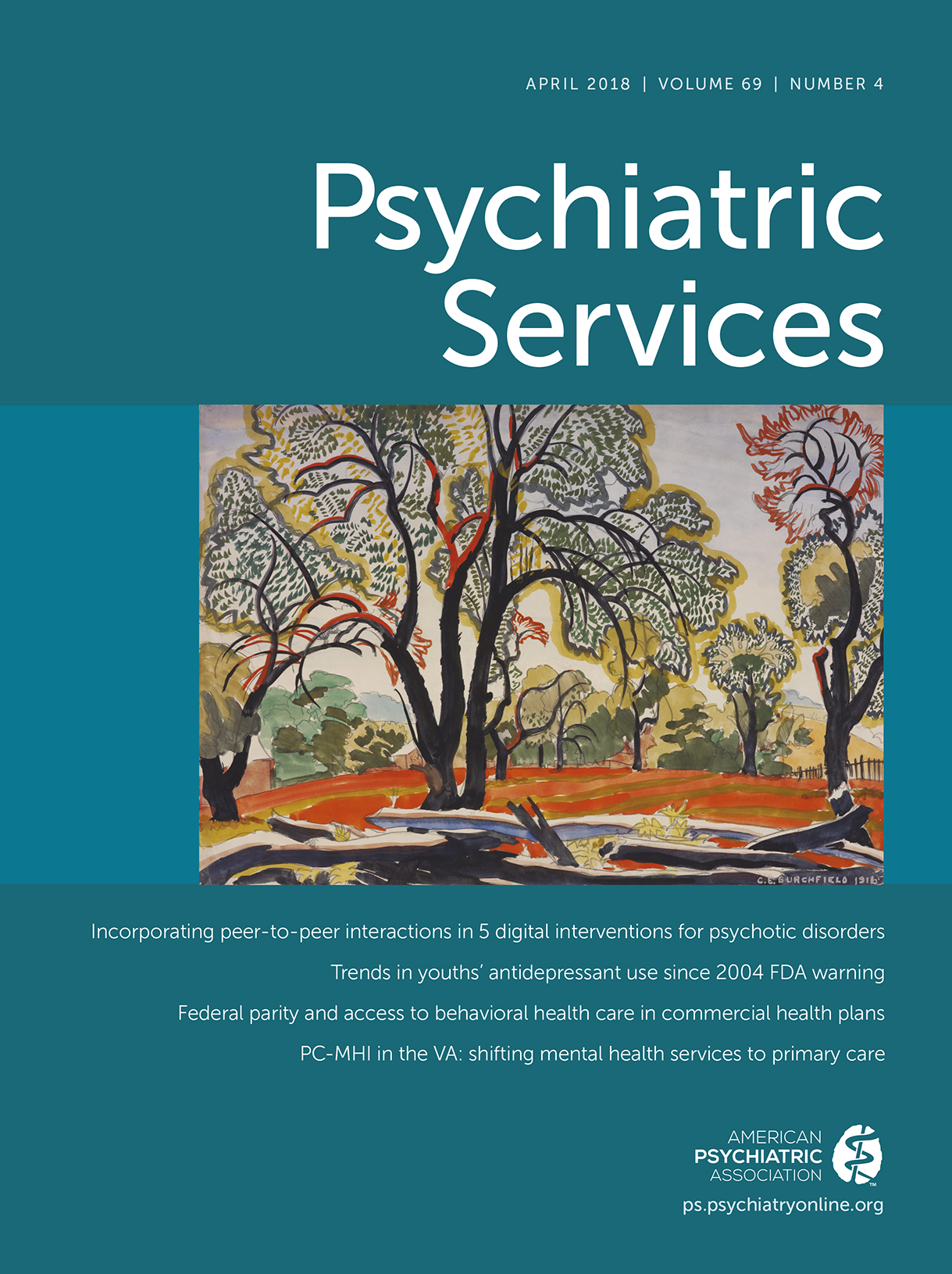The Impact of a Peer Navigator Program in Addressing the Health Needs of Latinos With Serious Mental Illness
Abstract
Objective:
The impact of a peer navigator program (PNP) on efforts to address the health needs of Latinos with serious mental illness was examined in a randomized controlled trial.
Methods:
Latinos with a serious mental illness (N=110) were randomly assigned to the PNP (integrated care with a peer navigator [PN]) or to a treatment-as-usual control group (integrated care without a PN) for one year. Data on service engagement (scheduled and received appointments) were assessed weekly, and self-reports of recovery, empowerment, and quality of life were collected at baseline and at four, eight, and 12 months.
Results:
Findings from group × trial analyses of covariance (ANCOVAs) found main and interaction effects for scheduled and achieved appointments, showing better engagement for the PNP group compared with the control group over the course of the study. Significant interactions were found for recovery, empowerment, and quality of life, showing greater improvement for the PNP group compared with the control group over year 1 of the study (multivariate ANCOVA; F=3.27, df=9 and 98, p<.01).
Conclusions:
In-the-field navigation by peers seems to enhance service engagement, recovery, and quality of life. Whether these results occurred because navigators helped overcome barriers to treatment—regardless of whether they were peers per se—needs to be examined in future research.



